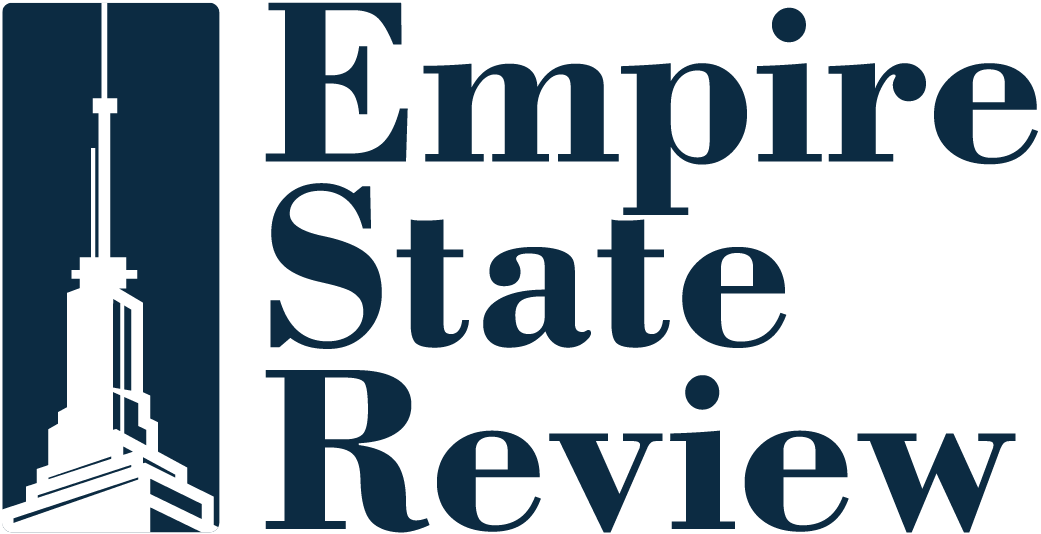The U.S. economy showed stronger-than-expected growth in the second quarter of 2025, with gross domestic product (GDP) revised upward to 2.9% on July 30. The revision, which reflects updated government data, highlights a rebound in economic activity following a sluggish first quarter. Key contributors to the improved figure include resilient consumer spending and a significant narrowing of the trade deficit.
Analysts attribute the jump in growth largely to a sharp drop in imports, which had surged in the first quarter due to businesses stockpiling goods ahead of anticipated tariff changes. With imports declining in the second quarter, the drag on GDP was reduced, giving the headline number a mechanical boost. While this improvement helped elevate the overall growth rate, some economists caution that it may not reflect a sustainable upward trend in underlying economic fundamentals.
Consumer spending, which accounts for more than two-thirds of U.S. economic activity, continued to expand at a healthy pace during the quarter. Households increased their purchases of services and durable goods, supported by a resilient labor market and easing inflationary pressures. Though the increase in spending was moderate, it signaled steady domestic demand even amid global uncertainties.
Corporate earnings, particularly from major technology firms, remained stable and helped boost investor sentiment. Financial markets responded positively to the data, with Treasury yields declining on the back of robust demand for U.S. government debt. Oil prices also saw a modest rise, reflecting broader optimism about future economic activity.
The revised GDP figures come at a time of easing trade tensions, particularly between the U.S. and its key trading partners in Asia and Europe. While these developments contributed to the economic uptick, economists underscore that much of the second-quarter growth was bolstered by temporary factors such as inventory adjustments and trade normalization.
Inflation remains a concern for policymakers. In June, headline personal consumption expenditures (PCE) inflation rose 0.3% month-over-month, bringing the annual rate to 2.6%. Core PCE, which excludes volatile food and energy prices, also increased 0.3% from May and stood at 2.8% on an annual basis. Despite these numbers, the Federal Reserve chose to hold its benchmark interest rate steady in July at the 4.25%–4.50% range, signaling caution amid persistent inflation and signs of cooling demand.
Looking ahead, most forecasts suggest that economic growth will moderate in the second half of the year. Analysts project growth in the range of 1.4% to 1.8% for the third and fourth quarters, citing slowing consumer spending, reduced business investment, and the unwinding of trade-related distortions. The average growth for the first half of 2025 stands around 1.2% to 1.3%, reflecting an uneven recovery with underlying softness.
While the upward GDP revision offers a short-term boost to confidence, it may not indicate a lasting acceleration. Many economists view the current expansion as fragile, especially in light of geopolitical uncertainties, tightening credit conditions, and lingering inflationary pressures. Nonetheless, the economy’s ability to maintain growth amid these headwinds suggests a degree of resilience that may help prevent a broader downturn.
Business leaders and policymakers alike will be watching closely as third-quarter data begins to emerge. With key indicators such as consumer confidence, industrial production, and job creation continuing to fluctuate, the path forward remains uncertain. However, the latest GDP revision offers some reassurance that the U.S. economy retains momentum, even in a complex and evolving global environment.

